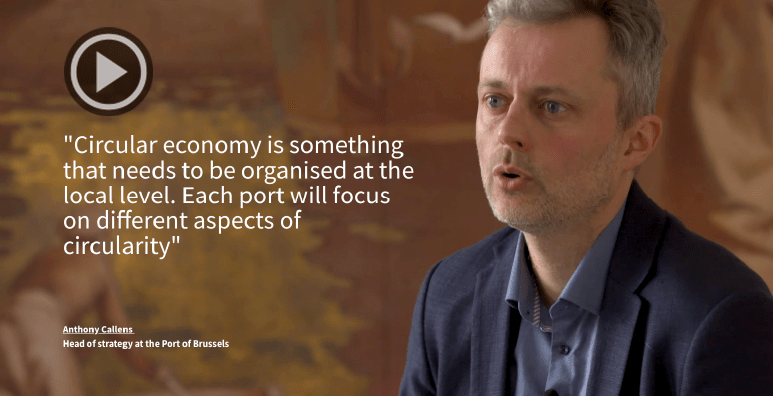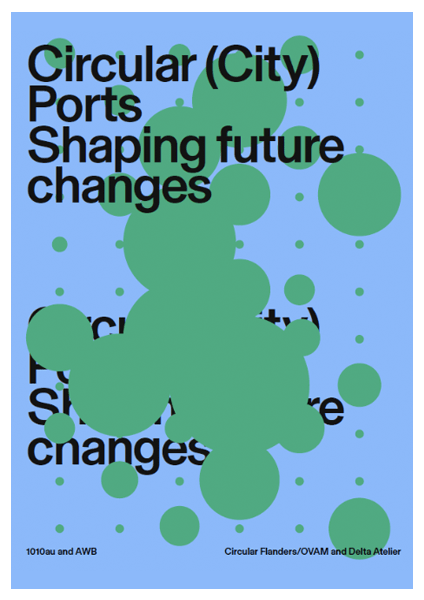Circular Ports
Circular Ports
Topics
Circular Port Monitor
Explore this topic
Delta Atelier
Explore this topic
Delta Atelier
How we think change can be delivered (aka the missing link)
With ‘vision’ we make the theory of change as explicit as possible. Theories of change are the ideas and hypotheses (theories) people, organisations and networks have about how change happens. The theories presented here for the circular port transition are based on assumptions about reality, what is at stake, and how change can be brought about.
Is this the ultimate way to work on change? We are aware that different theories of change and visions can be in conflict with each other, and the assumptions behind these visions and theories might not stand up to new developments, debate and counter-arguments. It is therefore important to understand our theory of change and the assumptions of different port actors and governments they are based upon.
"Challenge our vision with your ideas and make it your vision"
.png)
Between the Ambitious Goals and First Movers
Top-down: ambitious goals
Circularity is becoming one of the key priorities on the European, national, regional and local levels. The set goals impose very high standards for the future circular functioning of our everyday life, questioning the production mode and the systems in which it is embedded. Looking at the past and future steps that have to be taken to actualize such systemic transformation, it is apparent that a defined framework is lacking as well as an interpretation of the goals into smaller stepping stones. The question is how these fundamental changes – related to sustainability policy, energy transition, the introduction of the non fossil-based economy, together with digitization and automation – will actually become operational in our reality.

Source: AWB, 1010au (2020). Circular (City) Ports: Shaping Future Changes.
Bottom-up: innovative initiatives
At the same time, within the broad field of production practices, many innovative circular initiatives are blooming. These are strongly active in strategizing upon the upcoming transition, looking for new kinds of functioning, new economic value and collaborations in order to accelerate the needed shift to circularity. However, they lack a structured framework in which they position themselves and where their efforts can be multiplied, upscaled and spread out.
The Missing Link
The gap between the ambitious goals formulated on all levels and the many innovative practices is clear. It is the starting point of conversations, research and collaborations, in order to understand how the bigger goals can land in the field and how the ongoing practices can be steered structurally to have a substantial impact.
Changing elements in the transition toward a circular economy
.png)
Three changing factors that the transition is implicating should be considered.
First, the shift to a circular system asks for the rethinking of the values that our economies in ports and beyond have.
At the same time, it also implies a crucial shift in roles that the different actors play, envisioning a new system of connections and collaborations between ports, cities and regions.
Thirdly, the translation of these progressively mutating elements in a spatial environment needs to consider how the physical dimension of these dynamics is taking place.
Take a deep dive into our documentary
Our documentary gives the floor to professionals working on circular economy in port environments. The documentary is a journey through the different challenges, bottlenecks and boundaries that parties are facing in being first movers. Take some time to browse through the eye-opening interviews.


.png)